The basic charging function operates on the stack. Moving charge between between individual batteries is more challenging so I've focused on this area of the design first. To maximize the stack's performance, the balancer must be capable of moving charge to or from any combination of batteries simoultaneously. And, it must be able to monitor the individual battery voltages to assess charge state. All of this requires working around the common mode voltage of the stack.
Here's the conceptual schematic for the balancer section. It depicts a stack of four 12-volt lead-acid batteries but could be extended to taller stacks.
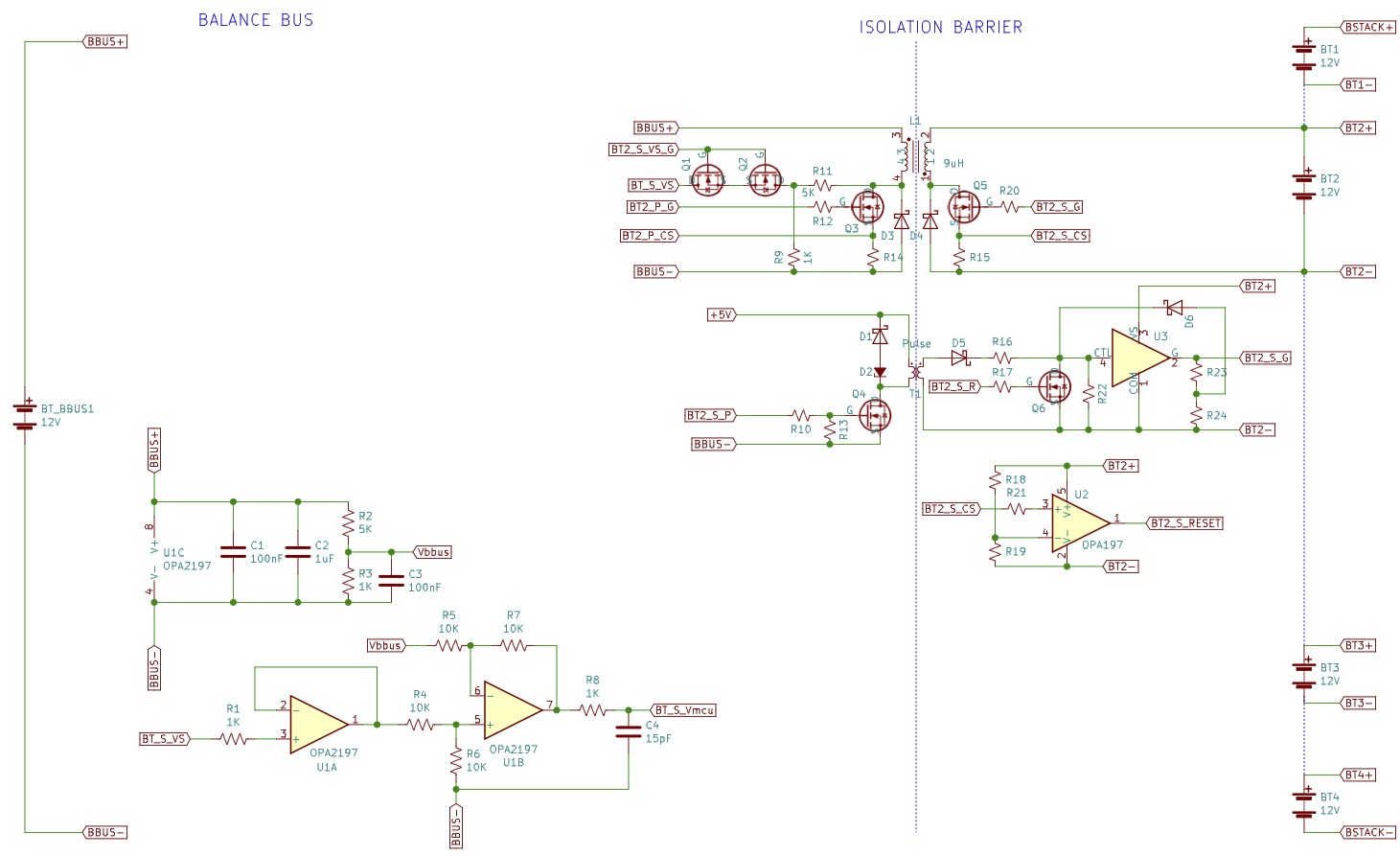
It uses bidirectional isolated flyback transformers operating at 100kHz to transfer charge and to sense battery voltage. The flybacks form an isolation barrier between the stack and what I call the balance bus (BBUS). The BBUS also contains a 12V lead-acid battery (but much smaller than those in the stack, say 9Ah) that powers the controller and serves as a resevoir for charge exchange.
One quarter of the flyback control & sense circuitry is depicted. The secondary is connected to a battery in the stack. The drive circuit is comprised of pulse transformer T1, current sense op-amp U2, and gate driver U3. U2 & U3 function as a Set-Reset latch to maintain a constant on-time of ~ 5uS. The controller's drive pulse of 1uS is transfered across the isolation barrier via T1. U3's gate drive output goes high, Q5 turns on, and L1 begins to charge. Positive feedback to U3's input via D6 maintains the gate drive. As L1 charges the voltage across R15 rises. When it exceeds the voltage set by R18 & R19, U2's output goes high and turns on Q6. The gate drive turns off and the duty cycle terminates. L1 discharges to the battery bus.
The circuitry looks complicated but is really quite simple. It's comprised of a few SOT-123/143 chips and a handful of capacitors & resistors. It operates on the battery's voltage; no regulation is required. Constant on-time is maintained regardless of battery voltage because limits are ratiometric: as the battery voltage varies so does the reference voltage at U2's inverting input. L1's current ramp also changes in proportion to the battery voltage.
I chose this approach because it avoids the need for a microcontroller with firmware, regulated power supplies, and a potentially more sophisticated & expensive communication scheme across the isolation barrier. I also want to be able to centrally control the drive timing for lower EMI: letting the drives operate asynchronously, even at the same frequency, may increase resonant harmonics.
Of course such a simple scheme eliminates direct measurement of battery voltage. The solution is inspired from a Linear Technology application note (AN112) written by Jim Williams & Mark Thoren back in 2007. In it they describe the use of a pulse transformer to measure cell voltages in a stack. A flyback can also be used for this.
To measure the voltage of a battery in the stack, the controller issues a drive pulse to the secondary. During the on time, the voltage imposed on the negative node of L1's primary (Drain of Q3) will be the sum of the voltages of BBUS plus BT2 (minus transformer error and current sense resistor R15 voltage drop). If this voltage can be sampled at the mid-point of the duty cycle then the battery's voltage can be calculated by subtracting BBUS & measurement offset and applying a correction coefficient.
R11 & R9 scale the voltage at Q3's drain and U1A buffers it to eliminate error due to the relatively low impedance created by R4 & R6. U1B is a unity gain differential amplifier that subtracts BBUS from the measurement. U1B's output is sampled by the MCU's ADC, the value is scaled and a correction coefficient applied to derive the battery...
Read more »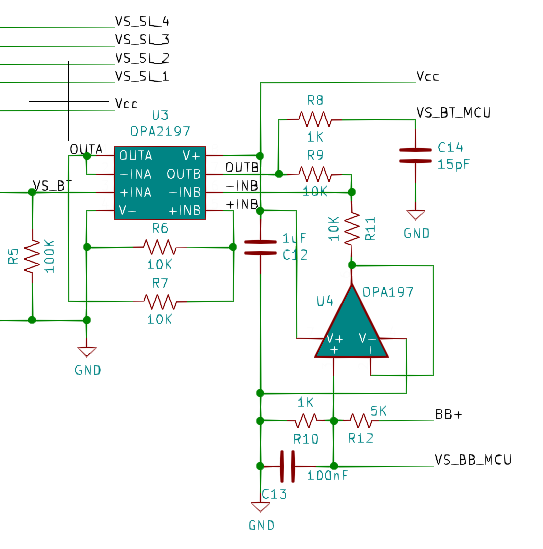

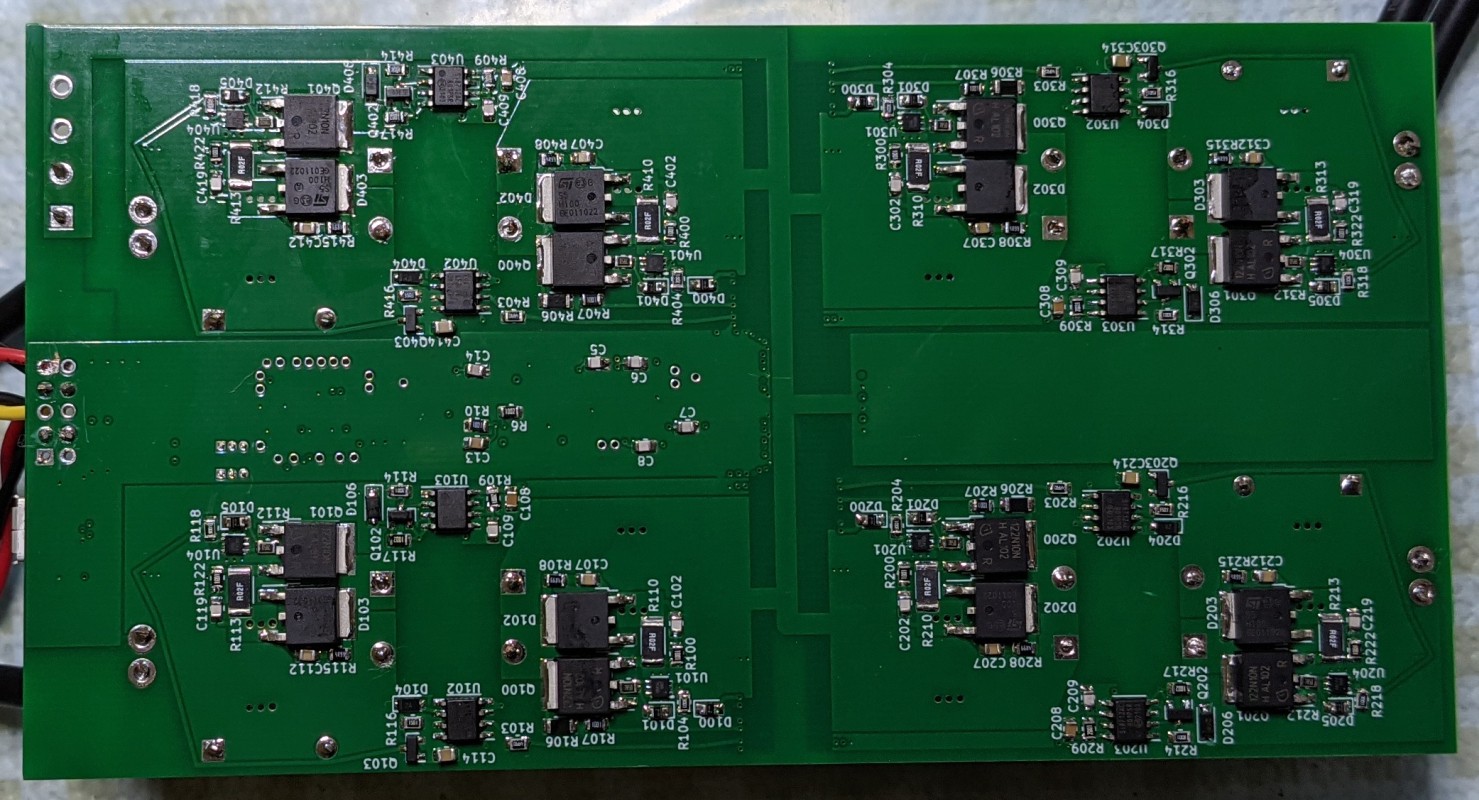
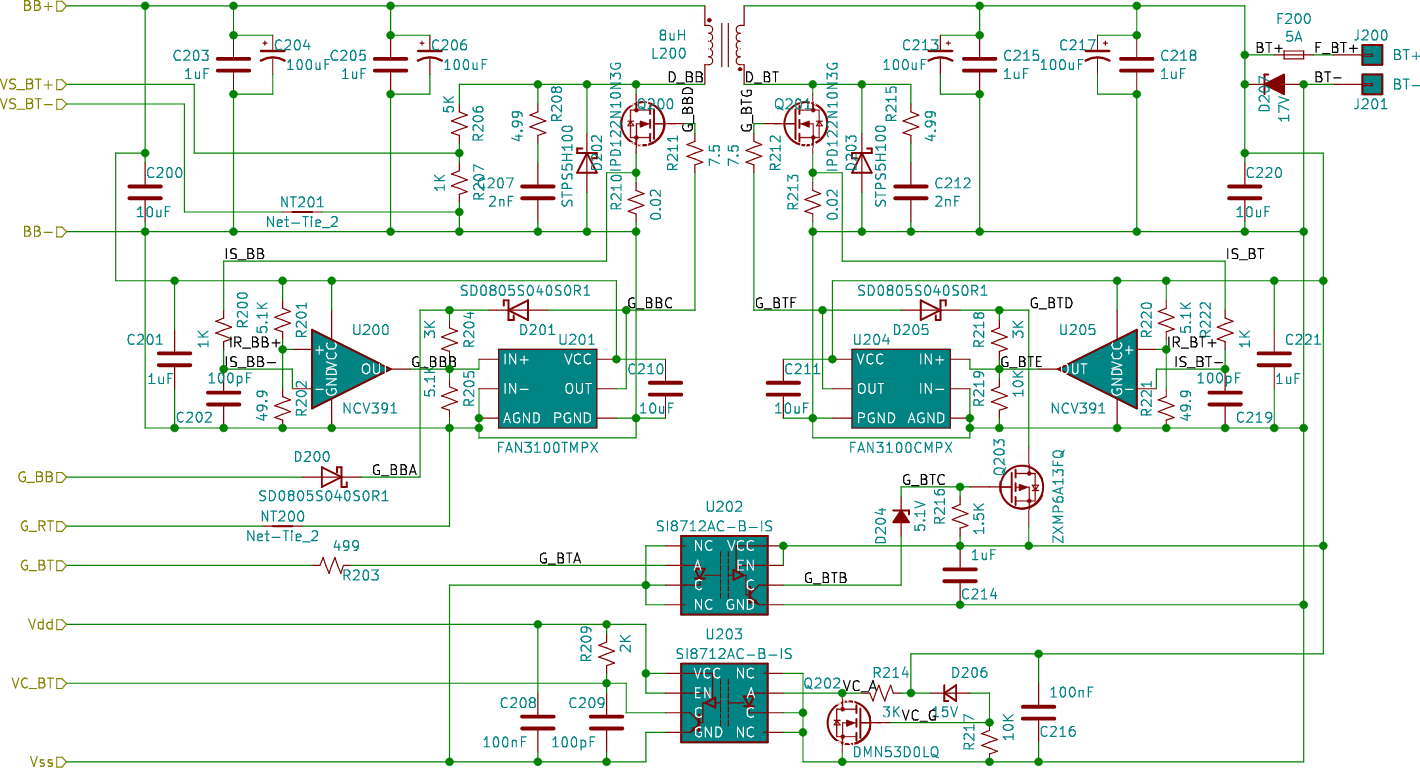

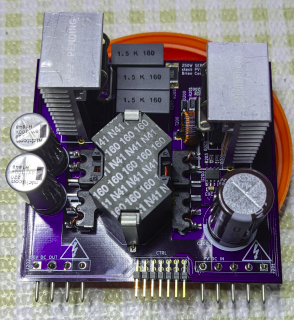
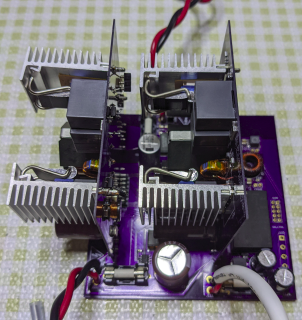
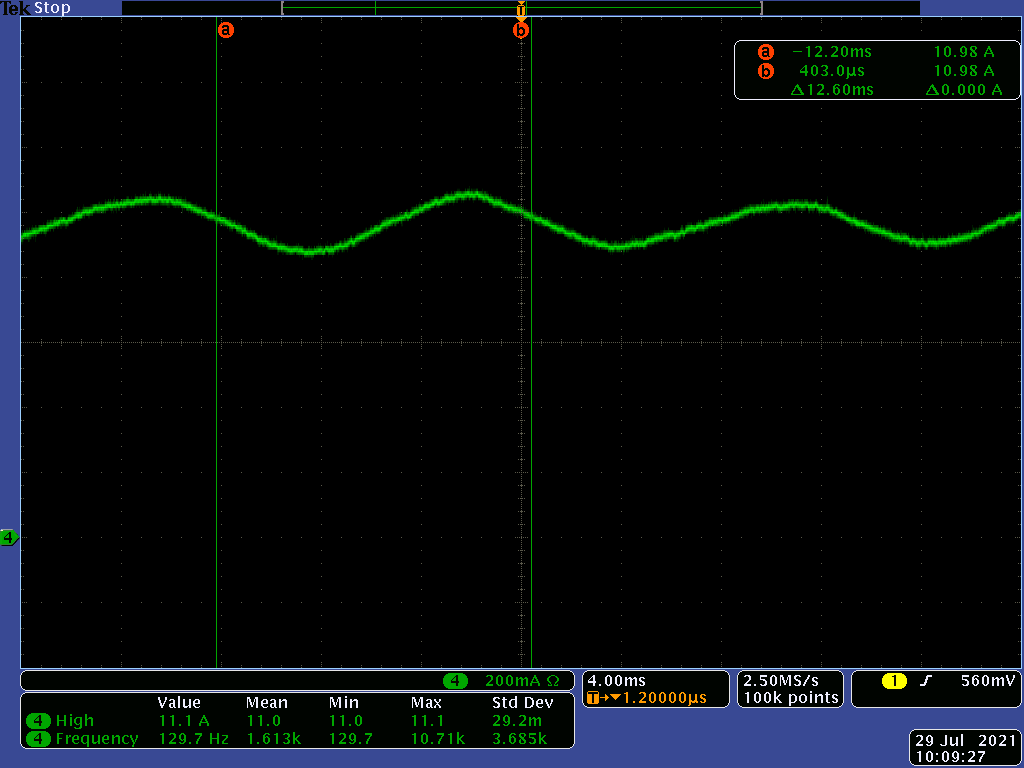


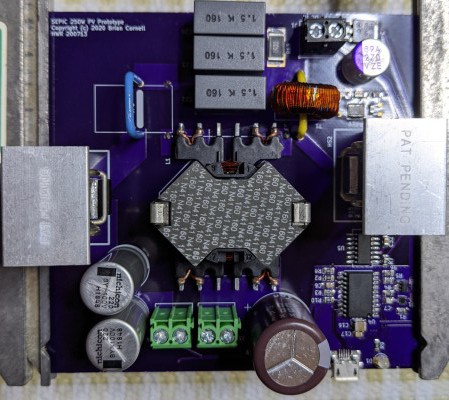

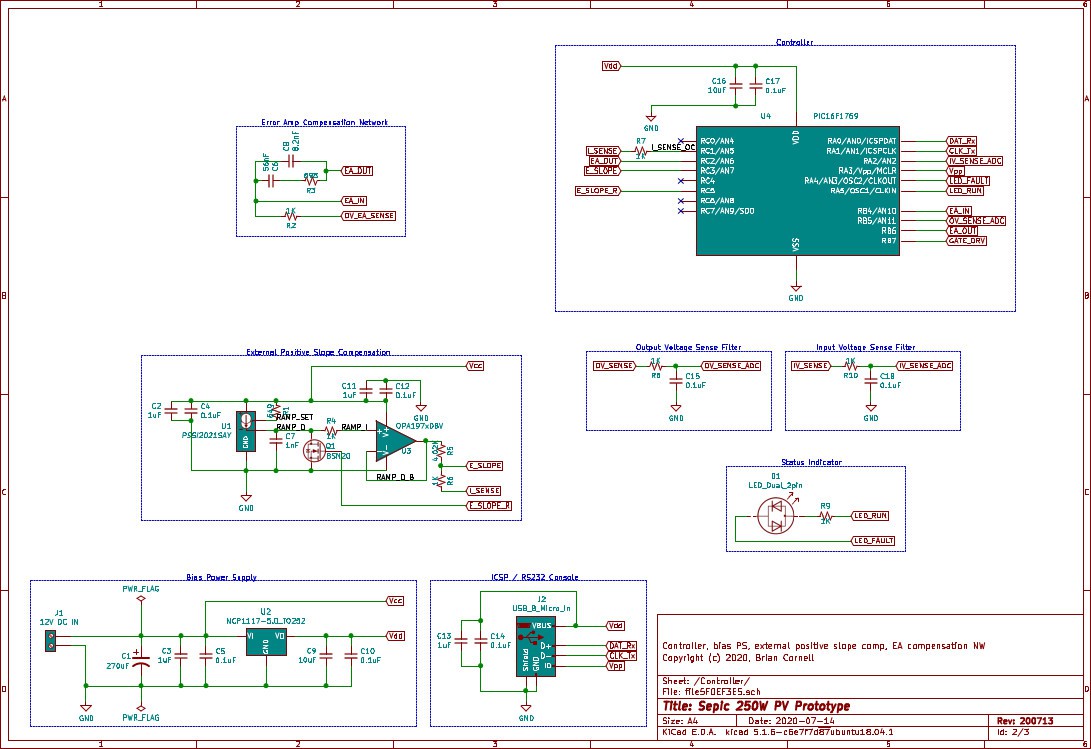


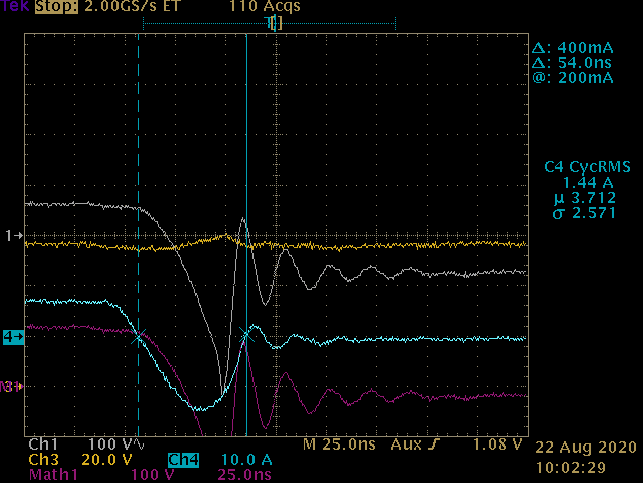

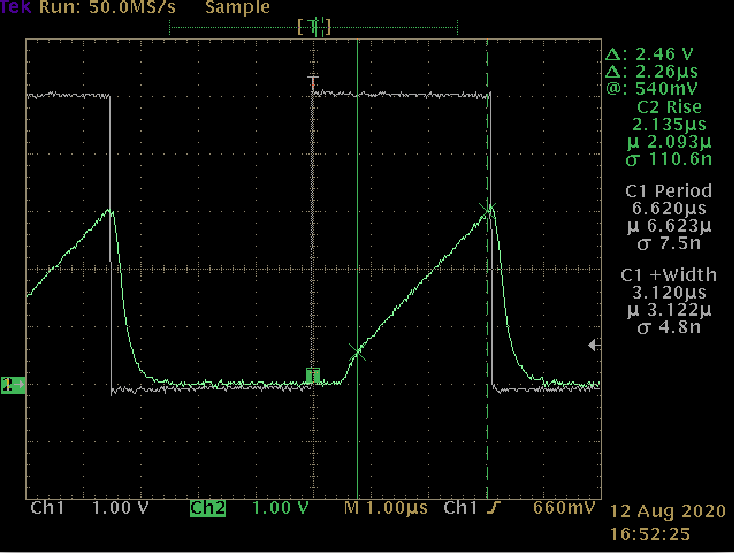
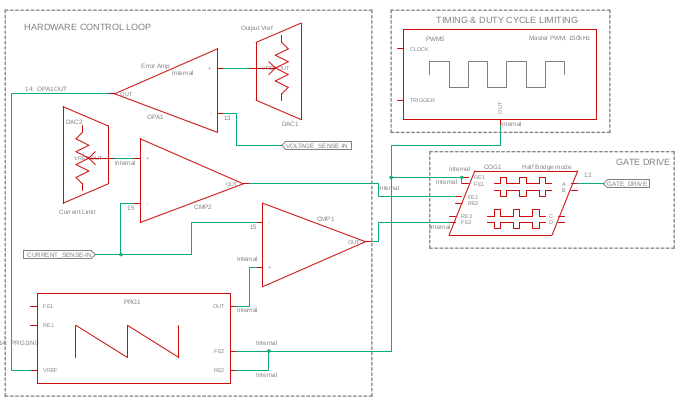




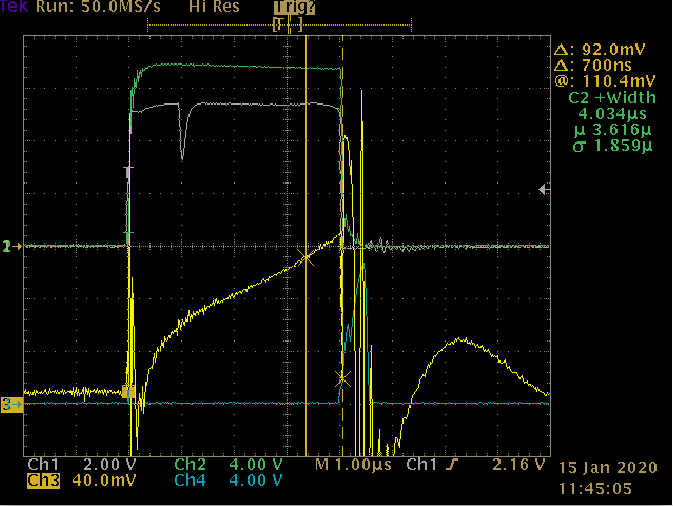
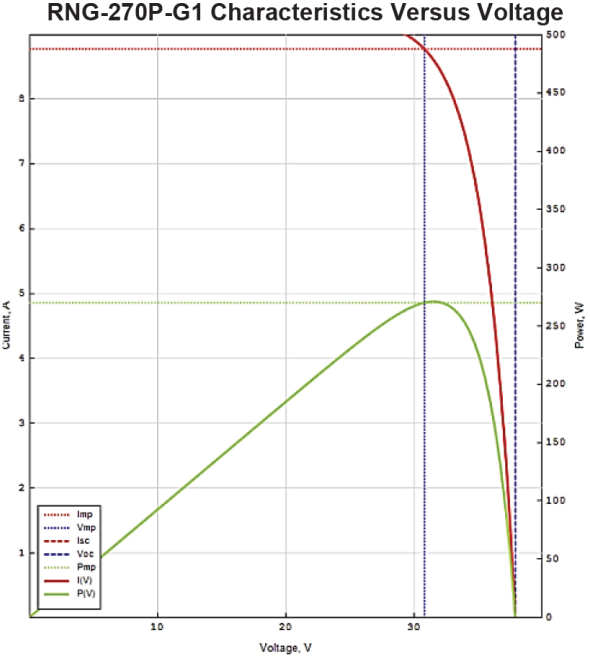
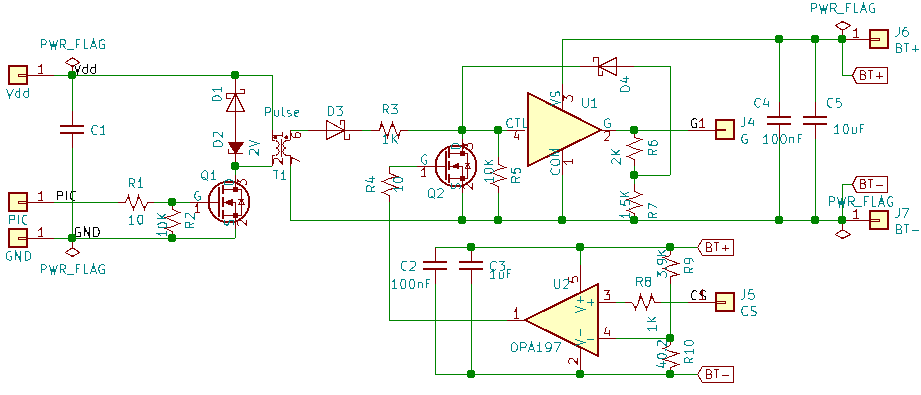
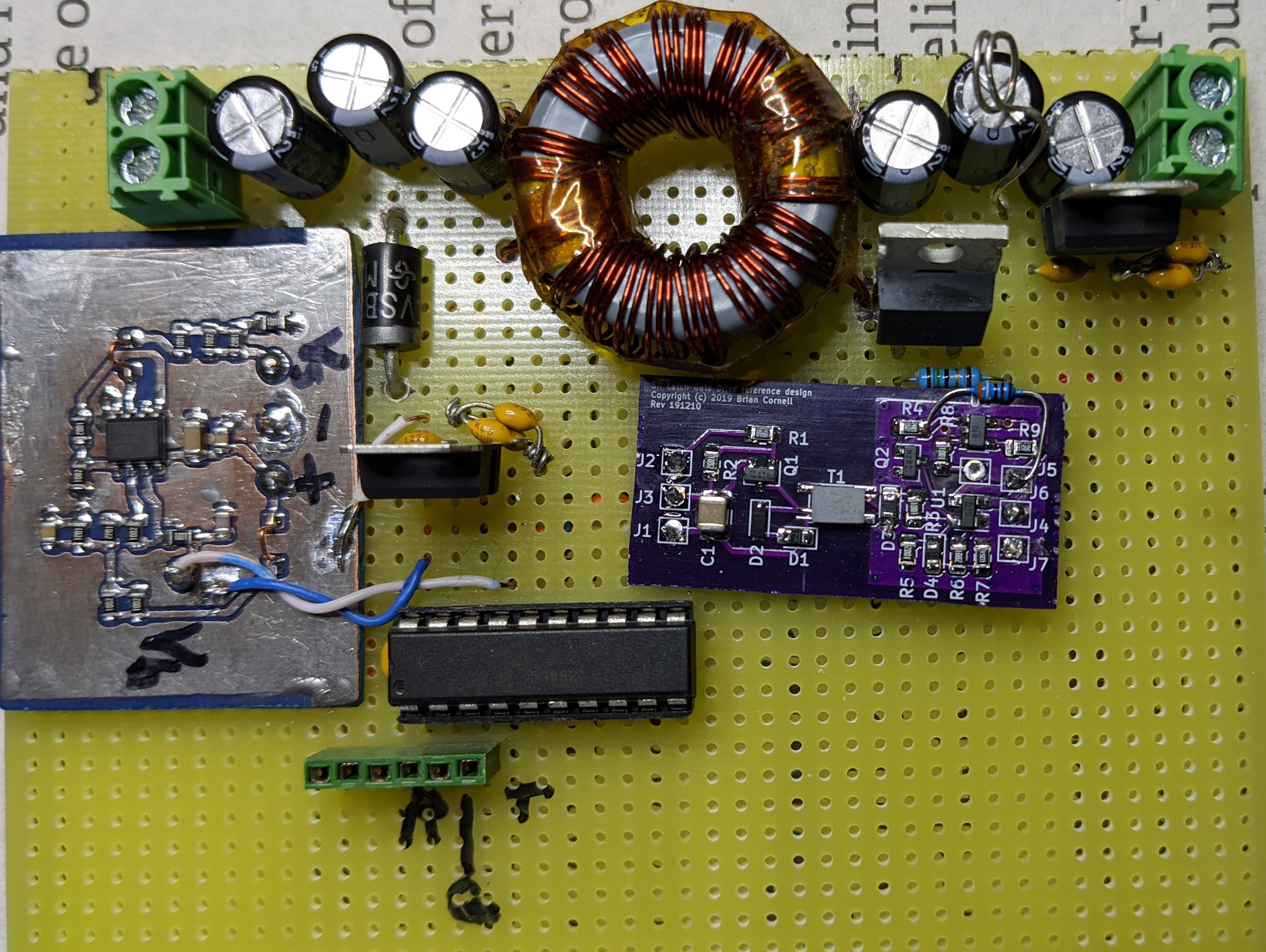
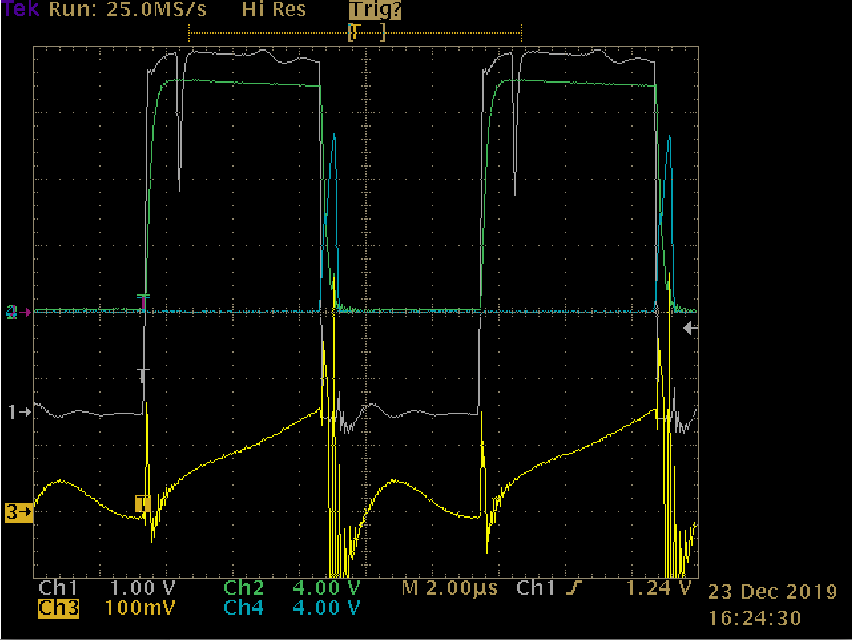




 Stefan Wagner
Stefan Wagner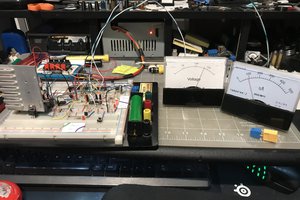
 ROFLhoff
ROFLhoff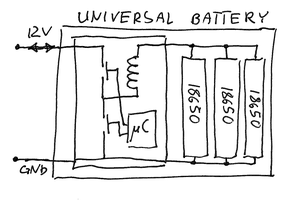
Hello and thank you. Theoretically possible, but practically it depends on the voltages & currents - i.e. the power you want. Sixteen 12V batteries is 200V. The SEPIC is a hard-switched flyback topology and puts a lot of stress on switching components. Your challenge will be finding components that can tolerate the switching spikes and keep efficiency reasonable. At those voltages you will likely need to stick with a film coupling cap which will be quite bulky & expensive. Layout will be super critical to keep parasitics reasonable.